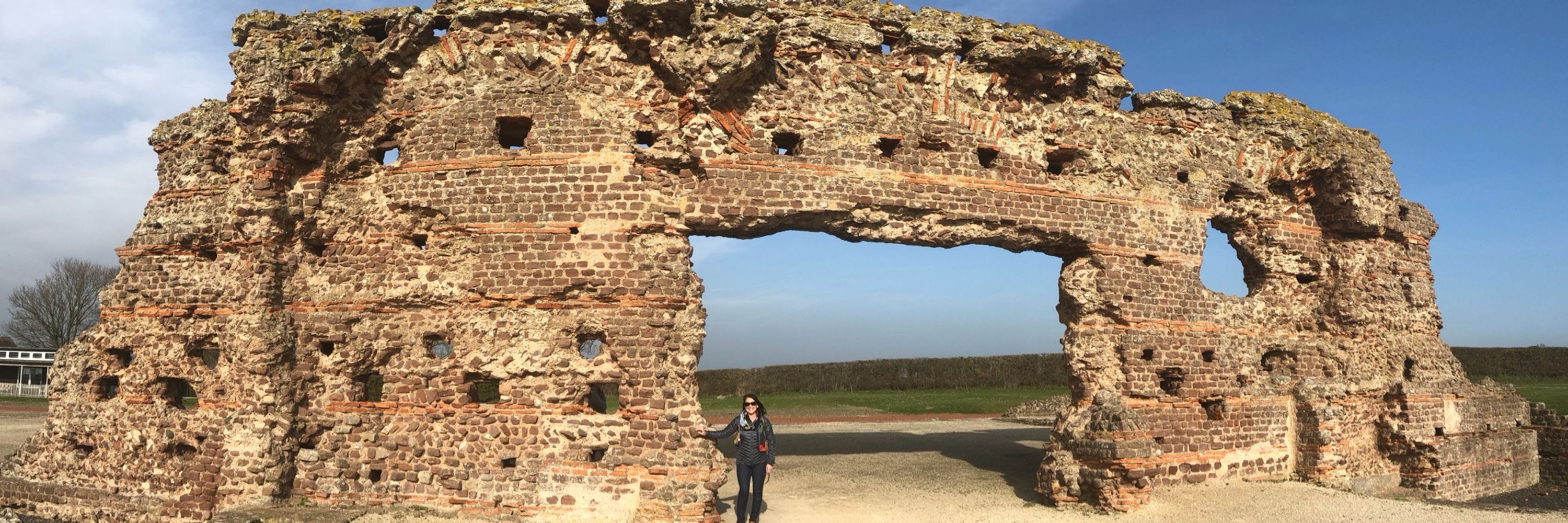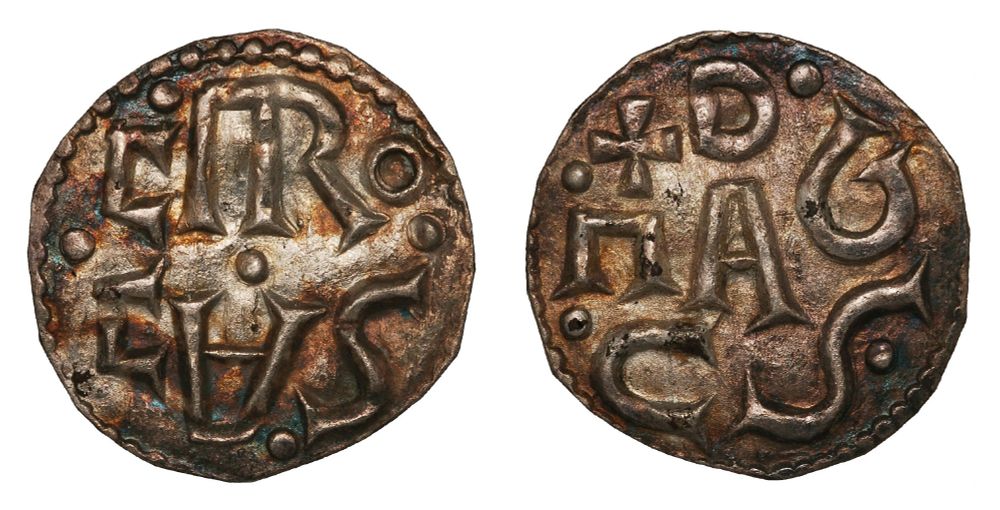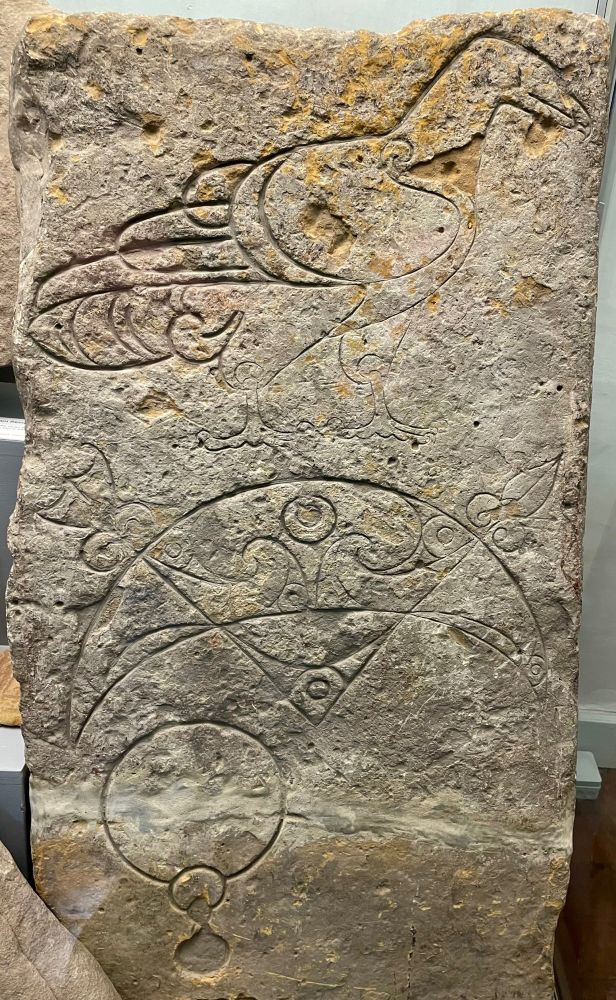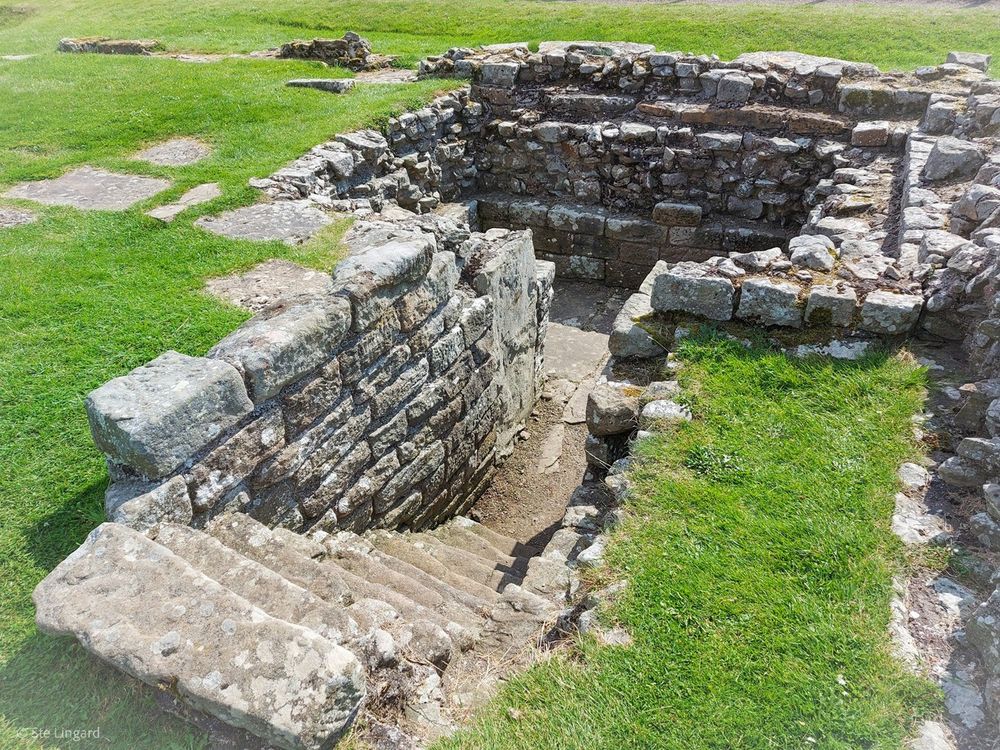Alison Fisk
@alisonfisk.bsky.social
12K followers
3.5K following
1.5K posts
Recent Masters degree in Archaeological Practice at Birkbeck, University of London.
Here to share my love of archaeology.
Posts
Media
Videos
Starter Packs
Reposted by Alison Fisk
Reposted by Alison Fisk
Reposted by Alison Fisk
Reposted by Alison Fisk
Reposted by Alison Fisk
Reposted by Alison Fisk
Reposted by Alison Fisk
Reposted by Alison Fisk
Reposted by Alison Fisk
Reposted by Alison Fisk
Reposted by Alison Fisk
Reposted by Alison Fisk
Reposted by Alison Fisk
Reposted by Alison Fisk
Reposted by Alison Fisk
Reposted by Alison Fisk
Reposted by Alison Fisk
Reposted by Alison Fisk
Reposted by Alison Fisk
Reposted by Alison Fisk
Reposted by Alison Fisk
Reposted by Alison Fisk






























